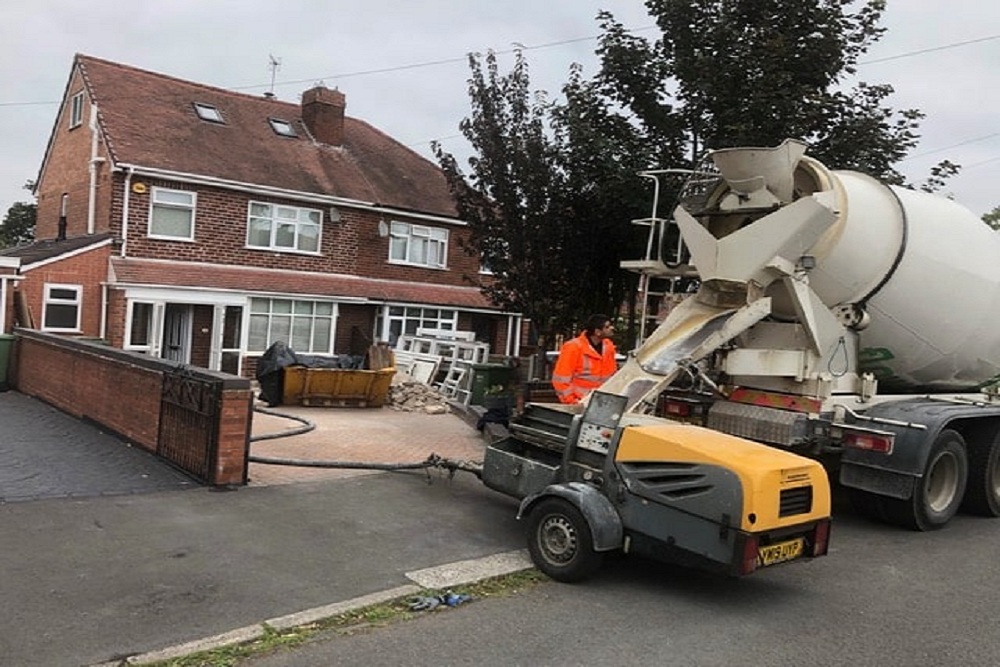What even is a screed? It’s that semi-dry concrete or anhydrite layer that gets poured over the underfloor heating pipes. Its job is to provide a smooth, level base for your lovely new flooring to go on top. The screed depth for underfloor heating determines how thick or thin that layer is.
You might ask yourself, “Why’s the screed depth such a big deal?” It hugely impacts how well your underfloor heating performs and how long-lasting it will be. The ideal depth depends on a few key factors:
- Heating System Type: Water vs. Electric
- Water (hydronic) systems often need more depth to cover those bigger pipes. We’re talking 65-75mm usually.
- Electric systems can get away with less since the cables are slimmer – around 50-65mm tends to do the trick.
- How Much Heat You Need
- If you’re in a colder area or have bigger rooms, you’ll likely want a thicker screed for better heat distribution.
- Smaller, warmer spaces are managed with less depth to save costs.
- Your Final Flooring Choice
- Heavy tiles or stone? You’ll need that extra screed depth (65-75mm+) for a sturdy base.
- Lighter wood or laminate can handle less (50-65mm ish).
Those are just general guidelines. Every home is different, so please check with the pros on your project’s needs.
What If Things Go Wrong?
Too Thin?
– Poor heat transfer = cold floors & wasted energy
– Potential pipe/cable damage from lack of coverage
– Your lovely new floors could crack or shift over time
Too Thick?
– You’re wasting money on excess materials
– Longer drying times before you can even install the flooring
– That thick screed will insulate, making your heating less effective
Either way, it is not ideal. Getting it right from the start is important.
The Drying Process
Speaking of drying, that’s another vital part of the screed process. Here are some tips:
- Standard cement screeds usually need 1-2 weeks per 25mm of depth to fully cure before flooring goes down.
- Liquid anhydrite screeds dry faster – often just 7-10 days if conditions are right.
- Do a proper moisture test before laying floors! Your screed needs to be dry enough.
- If it’s still damp, you may need to pump the brakes and let it dry more. Moisture = bad news for floors.
A little patience is required on the drying front. Rush it, and you could run into issues down the line.
Getting the screed depth for underfloor heating right is low-key one of the most important parts of any underfloor heating installation. Too thin, too thick – either way, you’re asking for problems with heating performance and potential floor damage. So leave it to the professionals.








